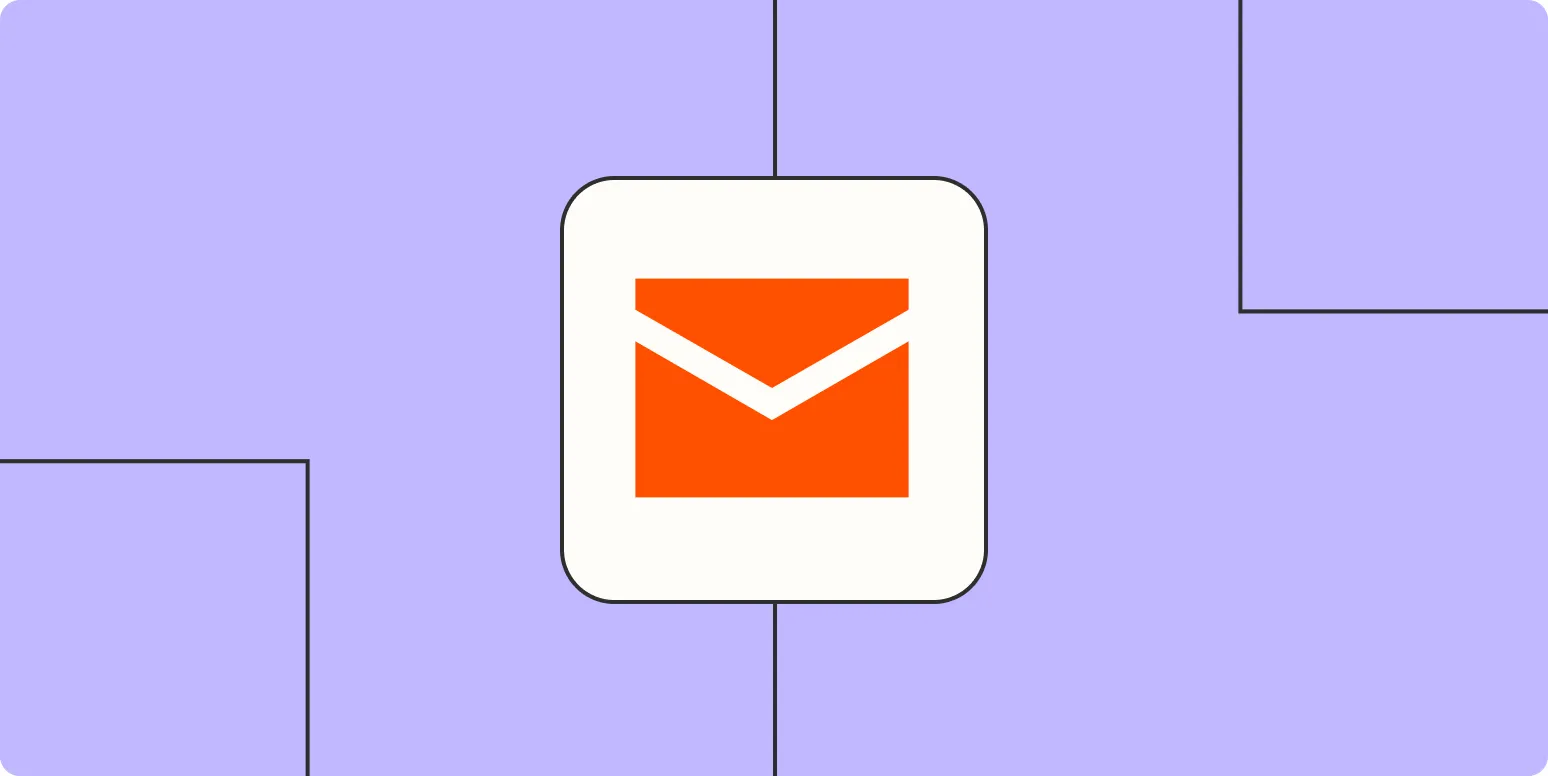The Importance of a Positive Unsubscribe Experience
In the world of email marketing, the unsubscribe link is often regarded as an afterthought. However, crafting a great unsubscribe experience is crucial for maintaining a healthy email list and preserving your brand's reputation. When users decide to unsubscribe, it’s typically a sign that they no longer find value in your communications. Instead of viewing this as a loss, consider it an opportunity to learn more about your audience and improve your strategies.
Why It Matters
A well-designed unsubscribe experience can significantly impact your business in several ways:
- Brand Loyalty: A positive experience can enhance customer loyalty, even after unsubscribing.
- Feedback Loop: Offering users a chance to provide feedback can help you understand their reasons for leaving.
- Compliance: Adhering to regulations like the CAN-SPAM Act ensures you stay compliant and avoid penalties.
- List Quality: Removing disengaged subscribers improves your email engagement rates.
Key Elements of a Great Unsubscribe Experience
To create an effective unsubscribe experience, consider the following key elements:
1. Easy Access to Unsubscribe
Make sure your unsubscribe link is clearly visible in every email. Users shouldn't have to hunt for it. This not only helps in compliance but also reflects well on your brand. Here’s a simple table showing the best practices:
| Best Practice | Description |
|---|---|
| Visibility | Place the unsubscribe link in the footer of the email. |
| Clear Language | Use straightforward language like "Unsubscribe" rather than vague terms. |
| Multiple Options | Consider offering a one-click unsubscribe option. |
2. Confirmation Page
Once users click the unsubscribe link, redirect them to a confirmation page that acknowledges their choice. This page can also offer alternatives, such as reducing email frequency or selecting different types of content. This can help retain some subscribers while giving others the option to leave. Here’s how you can structure this page:
| Element | Description |
|---|---|
| Thank You Message | Express gratitude for their previous engagement. |
| Feedback Option | Ask why they are unsubscribing to gather valuable insights. |
| Alternative Options | Offer options to change preferences instead of unsubscribing entirely. |
3. User-Friendly Feedback
Encouraging users to provide feedback on why they are unsubscribing can be invaluable. Keep your feedback form simple and concise. Avoid overwhelming users with too many questions. Here’s a suggested format:
| Feedback Question | Response Type |
|---|---|
| Why did you decide to unsubscribe? | Multiple choice (e.g., content not relevant, too many emails, etc.) |
| Would you consider re-subscribing in the future? | Yes/No |
Utilizing Data for Improvement
After collecting feedback from users who unsubscribe, analyze the data to identify trends. For instance, if many users cite "too many emails" as a reason, consider adjusting your email frequency. A focus on user preferences helps enhance your content relevance and can lead to better engagement rates in the long run.
Conclusion
Incorporating a thoughtful unsubscribe experience not only helps you comply with regulations but also provides an opportunity to improve your email marketing strategy. By viewing unsubscribes as a chance for growth rather than a setback, you can create a more engaged and loyal customer base. Remember, the way you handle unsubscribes reflects your brand's values and commitment to customer satisfaction. A streamlined, user-friendly unsubscribe process will leave a positive impression, potentially leading to future re-engagement.
Ultimately, the unsubscribe experience is just as important as the email content you send. Prioritizing a seamless and pleasant experience can help retain valuable relationships, even with those who choose to unsubscribe.





